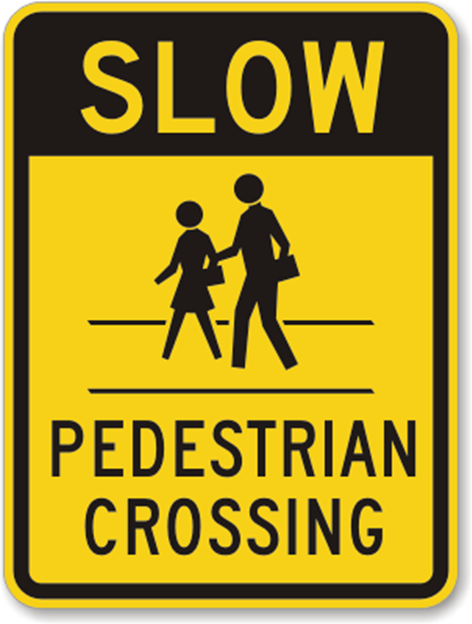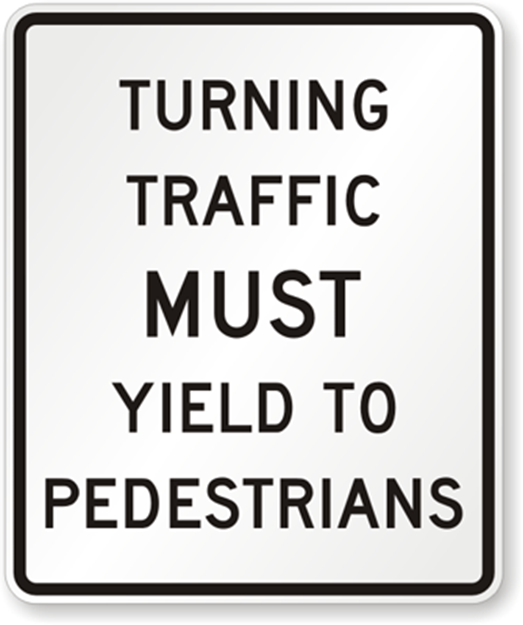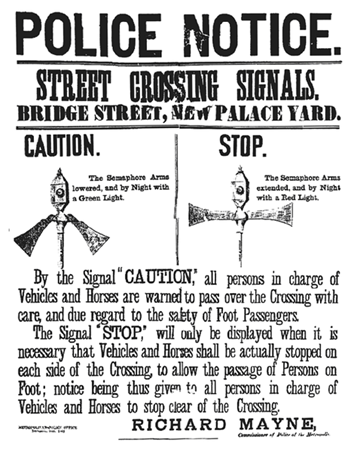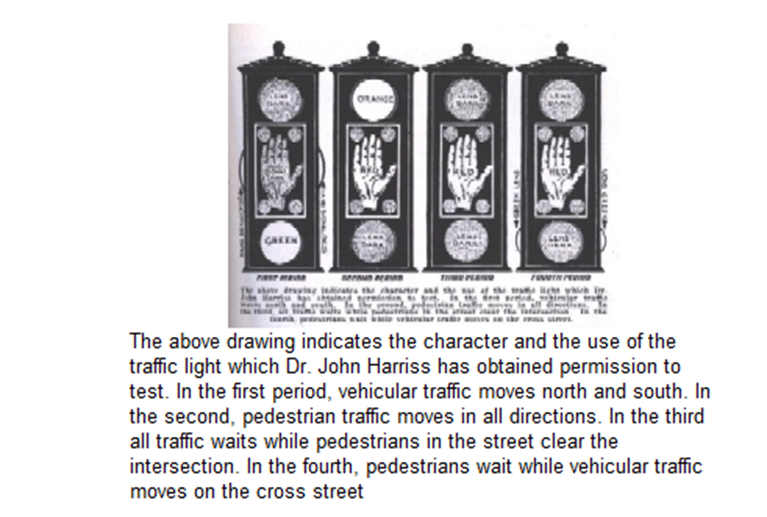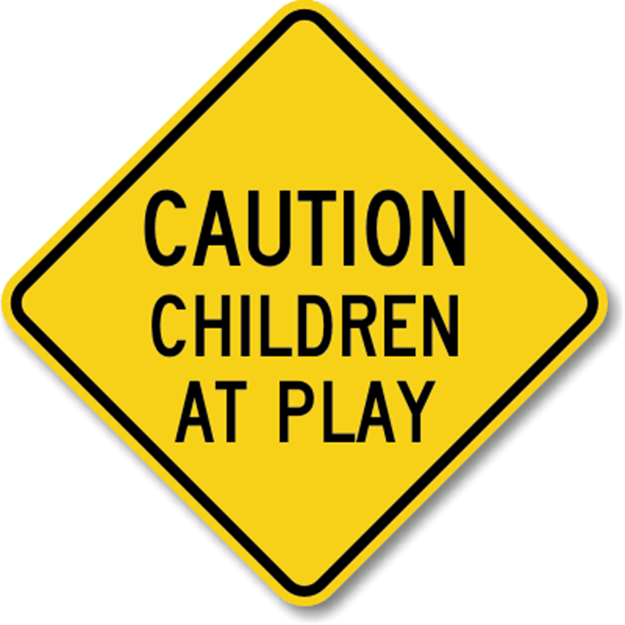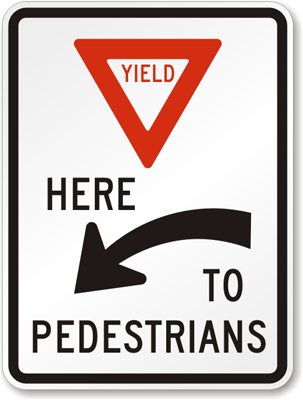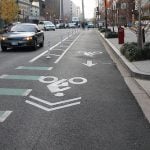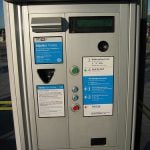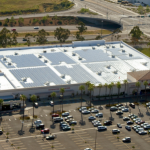Pedestrian Crossing Signs Throughout History
(via PedestrianSigns)
August 3, 2012 — Imagine being stranded on one side of the road for an hour, unable to cross the street as a never-ending line of cars wiz by. Sound unlikely? If it weren’t for Pedestrian crossings or crosswalks, we all would be stuck waiting for traffic to subside. If it didn’t, we’d have to take a risk by crossing the street while traffic rushes by at an unwavering pace.
Walking on foot is the most basic form of transportation. Even if we travel by car or public transportation, we are all pedestrians at some point in the day. Considering all the time we spend on foot during the day, it is important that all of us reach our destination safely. This is where pedestrian crossing signs come into play.
(via PedestrianSigns)
A pedestrian crossing or crosswalk is the point on a road where pedestrian signs or some kinds of markings are used to help pedestrians know when and where to cross. A pedestrian crossing keeps pedestrians together and visible to passing motorists. Pedestrian crossings can be found at intersections and at sections on a busy road where crossing without assistance is unsafe.
History of Pedestrian Crossing Signs
Pedestrian crossings, a common sight today, were not so common some decades ago. The need for pedestrian crossing signs was realized when motor traffic started to build up.
The first pedestrian crossing was installed in London in Bridge Street, Westminster, in December of 1868. John Peak Knight, a railway engineer, proposed that a sign be installed to help pedestrians safely cross the busy road. The signal used a semaphore arm, which traffic police would raise and lower manually by moving the handle on the side of the pole. The arms were brightened with gas lights (green and red) to make them visible at night.
In the US, city officials worked to reduce fatalities among pedestrians. In the 1930s, scattered cities gave pedestrians the right-of-way in some circumstances. Others installed barriers to stop pedestrians from crossing in undesignated areas of the street.
Other experiments followed, including the modern-day walk light. Before our current version of walk signs, however, there were designs of all types, including this experimental traffic light designed by Dr. John Harris, who served as Special Deputy Traffic Commissioner from 1918-1926.
The picture (above) shows a light at the top and bottom of the signal and a palm in the center where the amber light is. The signal functioned in four phases.
- The signal forbids all turns when the red light is on.
- The signal provides 100 seconds a 20 second period in which, when the lens showed a yellow light and a red palm, it meant that the vehicular traffic was required to stop while pedestrians crossed at all four corners.
- This action was followed by a 5-second interval with lens darkened and red hand shining in each direction. In this case, the pedestrians were required to clear the intersection.
- The vehicular traffic then moves east and west for 30 seconds.
- The traffic continues to move for 5 seconds when north and south vehicular traffic is shown the green light for 58 seconds.
The design provides for a gap of 2 seconds when neither pedestrians nor motorists are allowed to move. This two-second break completes the 120-second cycle. This particular light was installed in New York City, at 40th and 45th streets on Fifth Avenue.
Pedestrian crossing signs have evolved over time with the increase in both vehicular and pedestrian traffic. The increasingly advanced technology used in pedestrian signs also makes them more effective, as they become part of the transportation landscape.
Pedestrian fatalities: the numbers
Even though modern-day crosswalks and pedestrian signs are much less complicated and far safer than their older counterparts, pedestrian fatalities and injuries still occur. Still, accidents are decreasing: 2011 saw 1,891 pedestrian traffic fatalities, far less than did 2010. However, reports still confirm the devastating toll that unsafe driving practices have on pedestrians.
Pedestrians fall victim to fatalities and injuries due to personal error, mistakes of passing motorists, or confusing walk procedures. The National Highway Safety Traffic Administration reports that nearly 4,092 pedestrians died and 59,000 suffered serious injury in traffic crashes in the United States last year. This means that, on average, a pedestrian was injured every nine minutes and killed every two hours in traffic crashes.
Nearly three-fourths of pedestrian traffic fatalities took place in urban areas. 76% of these occurred at non-intersections — where pedestrians were crossing outside of designated walk areas.
Pedestrian fatalities among children
One-fifth of all children between 5 and 9 years old who died in traffic crashes were pedestrians. Children under 15 years old made up 7% of pedestrian fatalities in 2009. The NHTSA report reveals that 93 children under the age of 5, 72 between the ages of 5 and 9, and 111 between the ages of 10 and 15 were killed in pedestrian fatalities in 2009.
(via PedestrianSigns)
Children have always been at high risk when crossing streets. Given children’s height, it is often difficult for drivers to see them, especially if they are not crossing at a marked crosswalk. It also happens to be harder for children to judge the distance and speed of an oncoming vehicle, which could lead to mistakes when crossing. Finally, children have less knowledge of traffic rules and regulations. It’s no wonder that children find themselves in dangerous situations when crossing the street.
How pedestrian signs help
Pedestrian signs or crosswalks are an effective way to demarcate areas of the road as reserved for pedestrians. They are crucial for areas surrounding a school where children are at risk of being hit by vehicular traffic. Signs alert both drivers to the presence of pedestrians, and pedestrians to the proper places to cross busy roads. Pedestrian crossing signs minimize the risk inherent in crossing a road. It also works against any chaos that might occur should vehicles and pedestrians start moving at the same time.
Where pedestrian signs should be installed
Pedestrian signs or crosswalks should be installed at intersections where conflict between vehicles and pedestrians exists. Additionally, these signs should be erected at suitable points on roads and non-intersection locations with a frequently dense concentration of pedestrians.
Pedestrian Signs at Intersections:
- Pedestrian signs or crosswalks should be installed at intersections so pedestrians can find their way using them.
- Signs reduce exposure to cars, bicycles, and other traffic discord.
- Signs place pedestrians where they are visible to the oncoming traffic.
Crosswalks should be located at a maximum of 26 feet from the edge of the intersection. When a crosswalk is accompanied by a Stop sign or similar traffic sign, a minimum space of 4 feet should be maintained between the nearest edge of the stop bar and the outer edge of the crosswalk.
Pedestrian Signs at Non-Intersections:
In addition to pedestrian signs, yield lines should be used to specify points on the road where motorists should yield to pedestrians. Yield lines are comprised of solid white isosceles triangles pointing toward oncoming vehicular traffic. Yield lines should be positioned next to a “Yield Here to Pedestrians” (R1-5) sign.
(via PedestrianSigns.com)
Pedestrian Signs at School Crossings
According to the MUTCD, school signs should be positioned where they communicate the message effectively without limiting sight distances or lateral clearance. The positioning of these signs should therefore accommodate highway design, alignment, roadside development and vehicle speed.
Signs should be erected as far from the road as possible while still being visible, so that there is no risk of cars sideswiping the sign supports. Signs should not be closer than 6 ft (1.8 m) to the edge of a paved shoulder, or 12 ft (3.7m) to the edge of the road.
In urban areas, however, a minimum of 2 ft (0.6m) clearance should be provided from the edge of the curb. A clearance of 1 ft (0.3m) is legal where the sidewalk width is limited, or existing poles are close to the curb.
– V. Makharia
Related Posts
Category: Regulations











